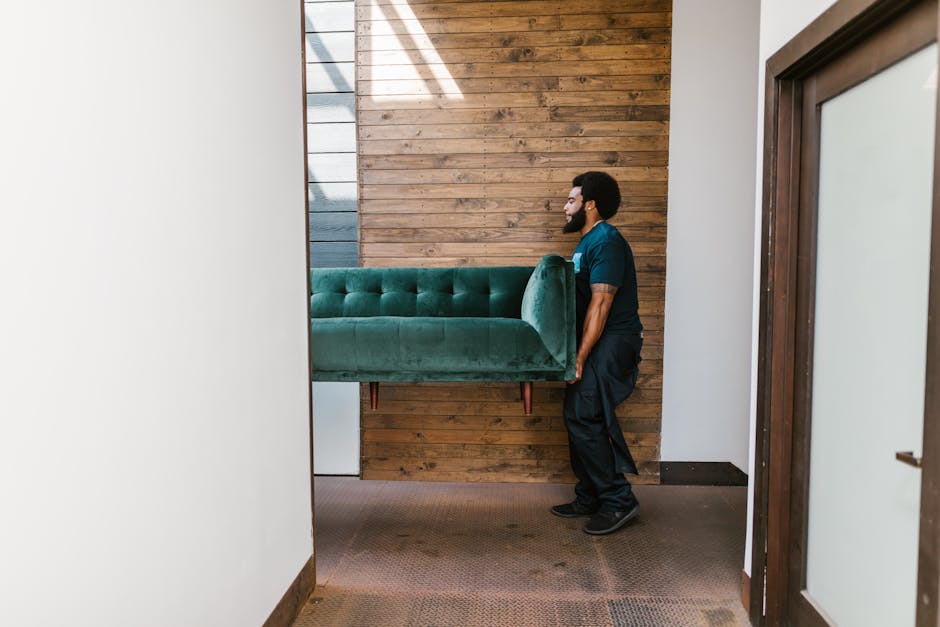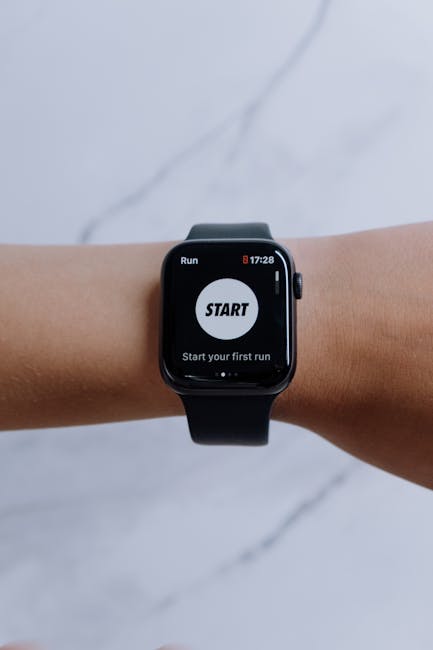
Mobile Photography Tips: How to Take Professional-Level Photos with Your Phone
Smartphones have come a long way in terms of photography capabilities. With advanced cameras, built-in editing tools, and a plethora of apps available, it’s possible to take stunning, professional-level photos using just your mobile device. Whether you’re an amateur photographer or looking to improve your smartphone photography skills, these tips will help you capture high-quality images every time.
1. Understand Your Camera’s Settings
Most smartphones come with various camera settings that can help you control exposure, white balance, focus, and more. To make the most of your camera, take the time to explore these settings.
Key settings to check:
- Manual mode (Pro mode): This allows you to adjust ISO, shutter speed, and focus manually.
- Grid lines: Use the rule of thirds to compose your shots effectively by enabling grid lines in your camera settings.
2. Use Natural Light
Lighting is the most important factor in photography, and natural light is the best option for achieving professional-looking photos. Whenever possible, shoot in well-lit environments, such as near windows or outdoors during the golden hour (the time just after sunrise or before sunset).
Tips for using natural light:
- Avoid harsh midday sunlight that can create deep shadows.
- For portrait shots, position your subject near soft light, such as diffused light through curtains, to get even, flattering lighting.
- Don’t rely on the camera’s built-in flash, as it often results in flat and unappealing lighting.
3. Steady Your Hands
Even the best cameras can produce blurry images if the phone is not held steady. To avoid camera shake, make sure to stabilize your phone before taking a shot.
How to stabilize your phone:
- Hold the phone with both hands and keep your elbows close to your body.
- Lean against a wall or use a tripod to keep your phone steady.
- Use your phone’s timer or a remote shutter to avoid shaking when pressing the button.
4. Focus on Composition
Great photos are not just about the subject; composition plays a huge role. The way you frame your shot can elevate an image from average to amazing. The rule of thirds is a simple yet effective technique to help compose your photos.
Composition tips:
- Rule of Thirds: Divide the image into nine equal parts with grid lines and place the subject along these lines or at their intersections.
- Leading lines: Use natural lines in your environment (roads, rivers, fences) to guide the viewer’s eyes toward the subject.
- Symmetry and patterns: Look for symmetry or repeating patterns in your surroundings to create visually striking photos.
5. Adjust Focus and Exposure
Many smartphones allow you to manually adjust the focus and exposure for more control over the final image. Tap on the screen where you want the camera to focus, and adjust the exposure by sliding up or down.
Tips for adjusting focus and exposure:
- For portraits, tap on the subject’s face to focus and brighten the image.
- For landscapes, tap the ground or distant objects to keep everything in sharp focus.
- Use the exposure slider to lighten or darken the image, depending on the scene.
6. Experiment with Angles and Perspectives
To capture truly unique photos, try experimenting with different angles and perspectives. Instead of taking a photo from eye level, try shooting from above, below, or at an unusual angle. This adds interest and creativity to your images.
Angle ideas to try:
- Bird’s-eye view: Shoot from directly above your subject for a dramatic effect.
- Low angle: Shoot from a low perspective to emphasize height or give subjects a sense of grandeur.
- Close-up shots: Use your phone’s macro lens (if available) to capture intricate details up close.
7. Use Editing Tools to Enhance Your Photos
While it’s important to capture good shots, editing can take your photos to the next level. Many smartphones come with built-in editing features that allow you to adjust brightness, contrast, saturation, and more. You can also use third-party apps to enhance your photos further.
Editing tips:
- Adjust brightness and contrast to make the image pop.
- Sharpen details to make your photos crisper.
- Use filters sparingly—sometimes a little touch-up is enough, so don’t overdo it.
8. Avoid Digital Zoom
Digital zoom often results in pixelated and blurry images. Instead of zooming in, try to get closer to your subject or crop the image afterward during editing. If your phone has an optical zoom lens, feel free to use it for better image quality.
9. Shoot in RAW Format (If Possible)
If your phone allows, shoot in RAW format instead of JPEG. RAW files retain more detail and allow for better post-processing flexibility, which is especially useful when editing photos to achieve professional results.
How to shoot in RAW:
- On iPhone: Use third-party apps like Lightroom or ProCamera to capture RAW images.
- On Android: Check if your phone’s camera app supports RAW capture, or use apps like Camera FV-5 or Lightroom.
10. Take Multiple Shots
Sometimes, the first shot isn’t the best one. Don’t be afraid to take multiple shots to ensure you get the perfect image. Different lighting, angles, or even slight changes in the scene can make a big difference.
Tips for taking multiple shots:
- Capture different angles of the same subject to increase your chances of getting the perfect shot.
- Use burst mode (if available) to capture fast-moving subjects or moments.
Conclusion
With the right techniques, your smartphone can become a powerful tool for creating professional-level photos. By mastering the basics of lighting, composition, and camera settings, you can take stunning images without the need for expensive equipment. Remember to practice and experiment with different methods to discover what works best for you. Happy shooting!







